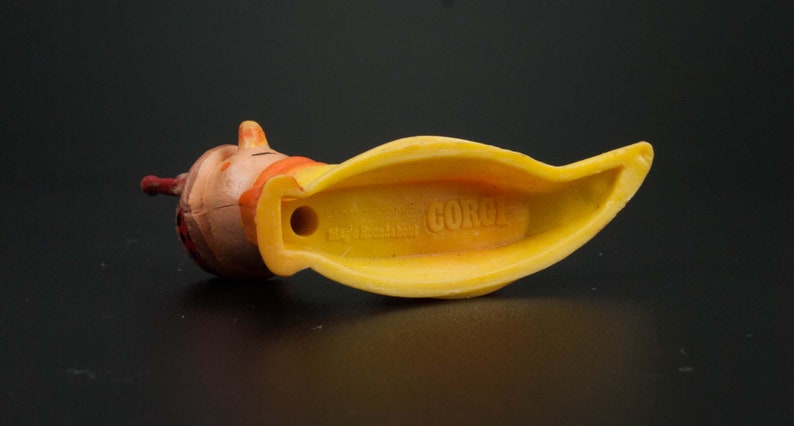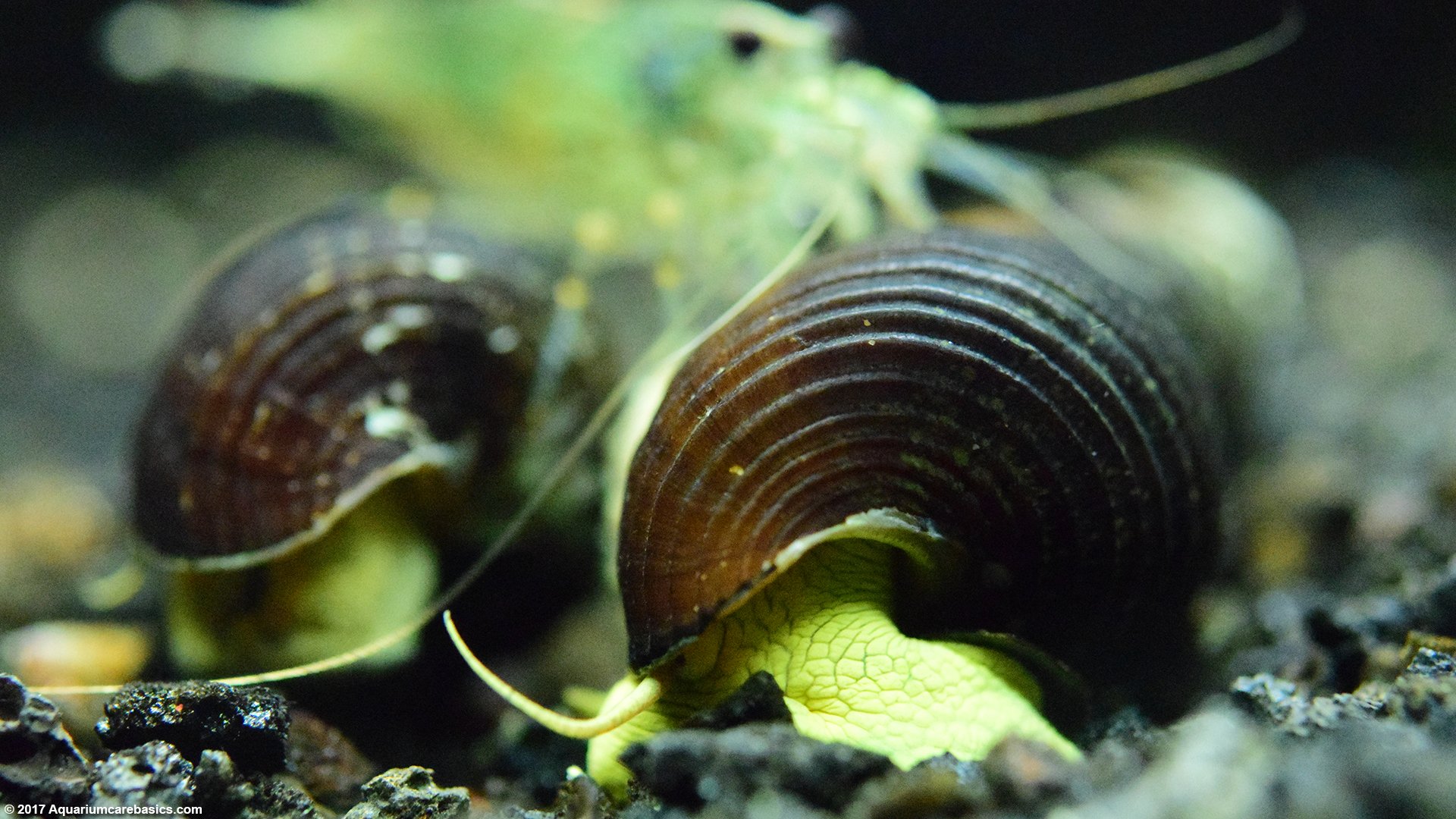

They will also snack on leftover food that floats down from mid and top-level fish. Rabbit Snails will happily make sure to cut down on the number of algae and detritus in your tank. Rabbit Snails are scavengers, and one of the reasons that they are desirable aquarium dwellers is that they are tank cleaners. The only thing you would want to watch out for is having too many Rabbit Snails and not enough algae and detritus to go around.

They are not territorial or aggressive with each other and will do fine. But these are super chill snails, and they get along well. You can’t help but keep Rabbit Snails together because they are going to reproduce.

Rabbit Snail shells are longer and pointier than other snail shells. If you look from the top, you can see spiral grooves that wrap around the whole whorled shell.įun fact: Due to corrosion and injury, these spiral grooves may become more shallow as a Rabbit Snail ages. Colors vary: some shells have a dark hue and some are spotted. They are spiral-shaped and look like long cones. Rabbit Snails have fabulous shells that vary in color. Examples of Rabbit Snails available for home aquariums include: They are one of the rare snails who deliver 1-3 perfectly formed "babies" in individual milky-white egg sacs.There are myriad types of Rabbit Snails, which can be distinguished by their color and are named as such. Given the right conditions, The Gold Rabbit Snail is documented to reproduce in the home aquarium, but at too slow of a rate to worry about nuisance population explosions. They will also consume algae and plant matter, occasionally eating aquarium plants like Java Ferns. They make excellent cleanup crews, seeking out leftover food and vacuuming up detritus from the substrate. The Gold Rabbit Snail also is quite the character to watch, using its muscular foot to move along the substrate in loping, deliberate "steps," arching and dragging its spiraling unicorn-horn shell as it goes. The Gold Rabbit Snail Tylomelania gemmifera is most striking because it appears to have a bunny "face," with an elongated head, drooping yellow antennae "ears," and a long, downturned mouth. Tylomelania gemmifera is a lacustrine species found exclusively in Lake Matano in Sulawesi, Indonesia. Be one of the first aquarists in America to showcase this fascinating Sulawesi freshwater snail.


 0 kommentar(er)
0 kommentar(er)
